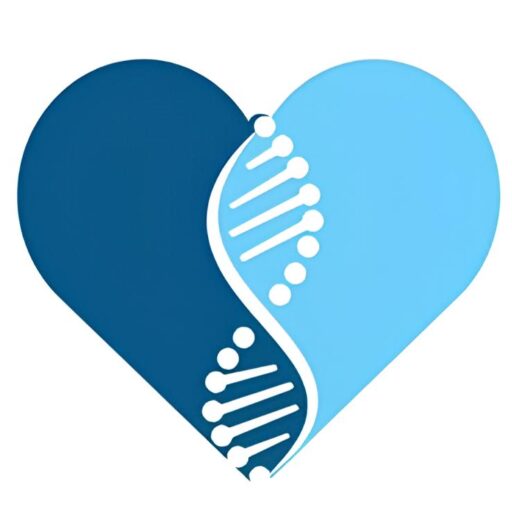HIV (Human Immunodeficiency Virus) and AIDS (Acquired Immunodeficiency Syndrome) are global health issues that have impacted millions of people worldwide. Understanding the difference between HIV and AIDS, how they are transmitted, the importance of early detection, and available treatments is essential to reduce stigma and improve outcomes for those affected.
What is HIV?
HIV is a virus that attacks the body’s immune system, specifically the CD4 cells (T cells), which are critical for fighting infections. Over time, if untreated, HIV can destroy so many of these cells that the body cannot fend off diseases and infections.
How HIV is Transmitted
HIV can be transmitted through:
- Unprotected sexual contact (vaginal, anal, or oral sex) with someone who has the virus.
- Sharing needles or syringes for drug use with an infected person.
- Mother-to-child transmission during pregnancy, childbirth, or breastfeeding.
- Blood transfusions with contaminated blood, though this is extremely rare in countries with strict screening protocols.
What is AIDS?
AIDS is the final stage of HIV infection. Not everyone with HIV develops AIDS. With proper treatment, most people living with HIV can live long, healthy lives without progressing to AIDS. AIDS is diagnosed when the immune system is severely compromised, and a person develops certain infections or cancers associated with the condition.
Symptoms of HIV and AIDS
Early Symptoms of HIV:
- Flu-like symptoms within 2-4 weeks of infection (fever, sore throat, fatigue, swollen lymph nodes, etc.).
- These symptoms often go away, and HIV may not cause any noticeable symptoms for years.
Symptoms of AIDS:
- Rapid weight loss
- Recurring fever or profuse night sweats
- Extreme fatigue
- Swollen lymph glands
- Prolonged diarrhea
- Pneumonia
- Red, brown, pink, or purplish blotches on or under the skin
Diagnosis: HIV Testing
Early diagnosis of HIV can lead to better treatment outcomes. There are several types of tests to detect HIV, including:
- Nucleic acid tests (NATs): Look for the actual virus in the blood.
- Antigen/antibody tests: Detect both HIV antigens and antibodies.
- Antibody tests: Detect antibodies produced in response to HIV infection.
Testing is widely available, and knowing your HIV status is key to preventing transmission and beginning treatment early.
Treatment: Antiretroviral Therapy (ART)
There is no cure for HIV, but antiretroviral therapy (ART) can control the virus. ART involves taking a combination of HIV medicines every day. When taken consistently and correctly, ART can reduce the viral load in the body to undetectable levels. An undetectable viral load means that the virus cannot be transmitted through sexual contact.
Benefits of ART:
- Prolongs life expectancy.
- Prevents progression to AIDS.
- Reduces risk of transmission to sexual partners and from mother to child.
Prevention of HIV
Preventing HIV is crucial, and there are multiple ways to protect yourself and others:
- Using condoms consistently and correctly during sexual intercourse.
- Pre-exposure prophylaxis (PrEP): A daily medication for people at high risk of HIV infection that reduces the risk of getting HIV.
- Post-exposure prophylaxis (PEP): A course of antiretroviral drugs taken after potential exposure to HIV to prevent infection.
- Regular HIV testing if you are at risk, to ensure early detection and treatment.
- Avoiding sharing needles or syringes for drug use.
- Preventing mother-to-child transmission: Pregnant women with HIV should take ART to protect their babies.
HIV and Stigma
Stigma and discrimination against people living with HIV remain significant challenges. Misunderstanding how HIV is transmitted can lead to fear and isolation for those infected. It’s important to educate others that HIV is not transmitted through casual contact (hugging, shaking hands, sharing food, etc.). Ending stigma is crucial to improving the quality of life for people living with HIV and encouraging others to get tested.
Living with HIV
Today, thanks to medical advances, people with HIV can live long, fulfilling lives. Regular medical care, adherence to ART, and a healthy lifestyle (including proper nutrition and exercise) are key to managing HIV. Many organizations and support groups provide resources to help individuals navigate life with HIV, offering everything from medical care to emotional and psychological support.
Conclusion
HIV and AIDS remain major global health challenges, but with early detection, proper treatment, and preventive measures, the impact of the virus can be significantly reduced. Educating ourselves and others, eliminating stigma, and supporting people living with HIV are essential steps toward creating a world where HIV is no longer a public health threat.
